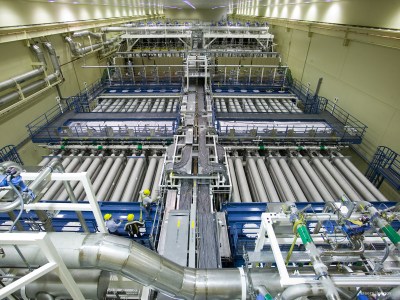Back in December of 2022, a team of researchers at the USA’s National Ignition Facility (NIF) announced that they had exceeded ‘scientific breakeven’ with their laser-based inertial confinement fusion (ICF) system. Their work has now been peer-reviewed and passed scrutiny, confirming that the energy put into fusing a small amount of deuterium-tritium fuel resulted in a net gain (Q) of 1.5.

The key take-away here of course remains that ICF is not a viable method of producing energy, as we detailed back in 2021 when we covered the 1.3 MJ yield announcement, and again in 2022 following the subject of this now completed peer review. The sheer amount of energy required to produce the laser energy targeting the fuel capsule and loss therein, as well as the energy required to manufacture each of these fuel capsules (Hohlraum) and sustaining a cycle make it a highly impractical proposition for anything except weapons research.
Despite this, it’s good to see that the NIF’s ICF research is bearing fruit, even if for energy production we should look towards magnetic confinement fusion (MCF), which includes the many tokamaks active today like Japan’s JT-60SE, as well as stellarators like Germany’s Wendelstein 7-X and other efforts to make MCF a major clean-energy source for the future.













